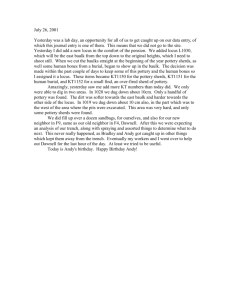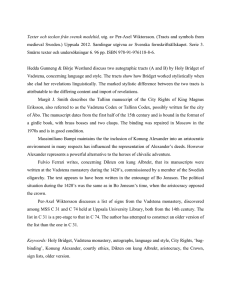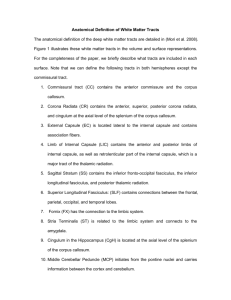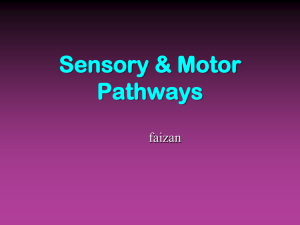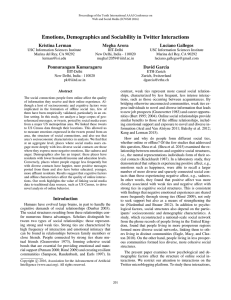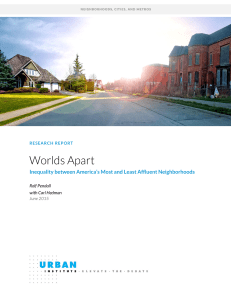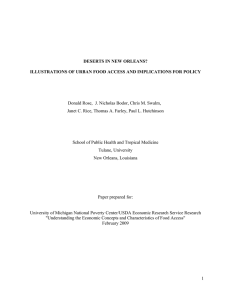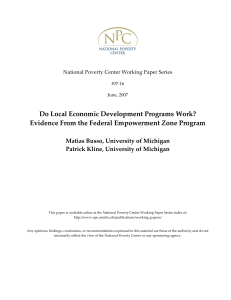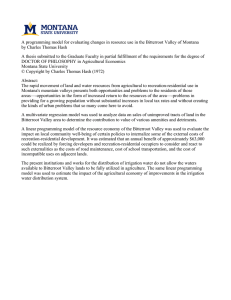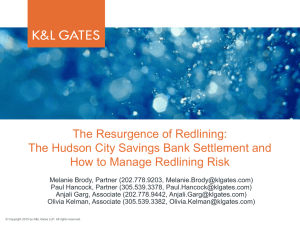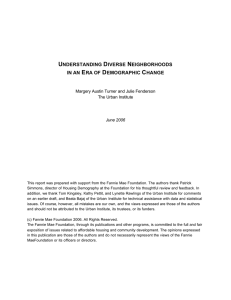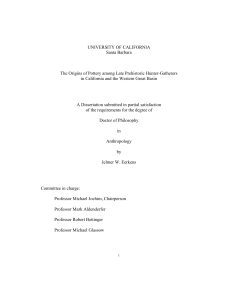they are surrounded by tracts that did not reveal finds.... samples of BA red micaceous and black-glaze. This concentration does...
advertisement
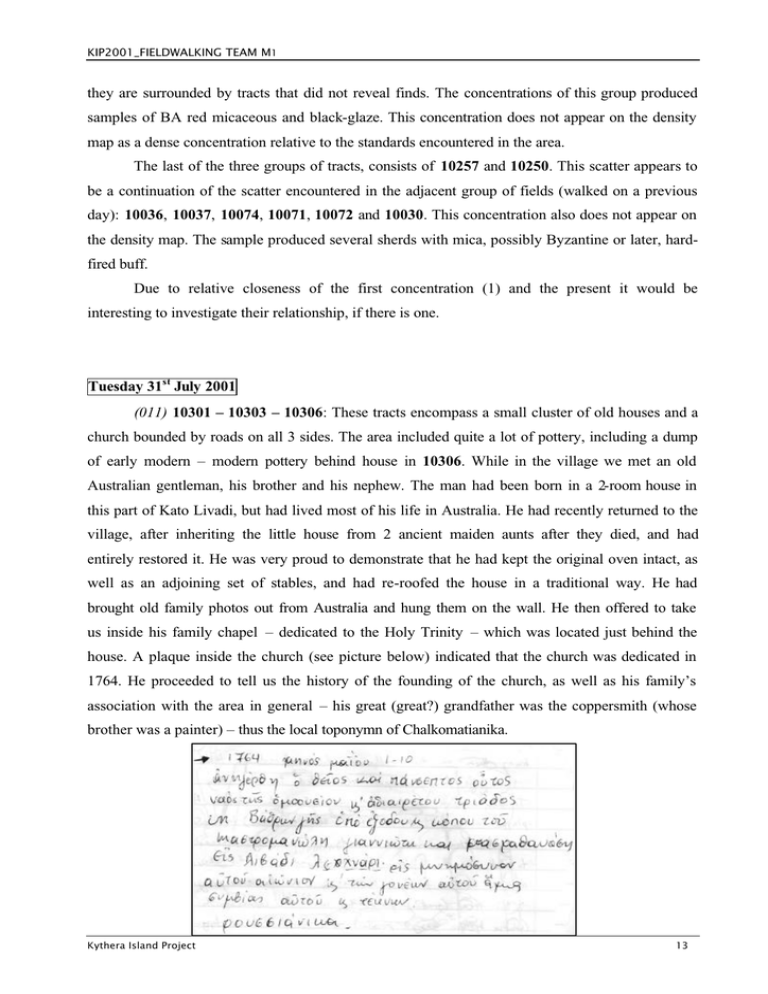
KIP2001_FIELDWALKING TEAM M1 they are surrounded by tracts that did not reveal finds. The concentrations of this group produced samples of BA red micaceous and black-glaze. This concentration does not appear on the density map as a dense concentration relative to the standards encountered in the area. The last of the three groups of tracts, consists of 10257 and 10250. This scatter appears to be a continuation of the scatter encountered in the adjacent group of fields (walked on a previous day): 10036, 10037, 10074, 10071, 10072 and 10030. This concentration also does not appear on the density map. The sample produced several sherds with mica, possibly Byzantine or later, hardfired buff. Due to relative closeness of the first concentration (1) and the present it would be interesting to investigate their relationship, if there is one. Tuesday 31st July 2001 (011) 10301 – 10303 – 10306: These tracts encompass a small cluster of old houses and a church bounded by roads on all 3 sides. The area included quite a lot of pottery, including a dump of early modern – modern pottery behind house in 10306. While in the village we met an old Australian gentleman, his brother and his nephew. The man had been born in a 2-room house in this part of Kato Livadi, but had lived most of his life in Australia. He had recently returned to the village, after inheriting the little house from 2 ancient maiden aunts after they died, and had entirely restored it. He was very proud to demonstrate that he had kept the original oven intact, as well as an adjoining set of stables, and had re-roofed the house in a traditional way. He had brought old family photos out from Australia and hung them on the wall. He then offered to take us inside his family chapel – dedicated to the Holy Trinity – which was located just behind the house. A plaque inside the church (see picture below) indicated that the church was dedicated in 1764. He proceeded to tell us the history of the founding of the church, as well as his family’s association with the area in general – his great (great?) grandfather was the coppersmith (whose brother was a painter) – thus the local toponymn of Chalkomatianika. Kythera Island Project 13

